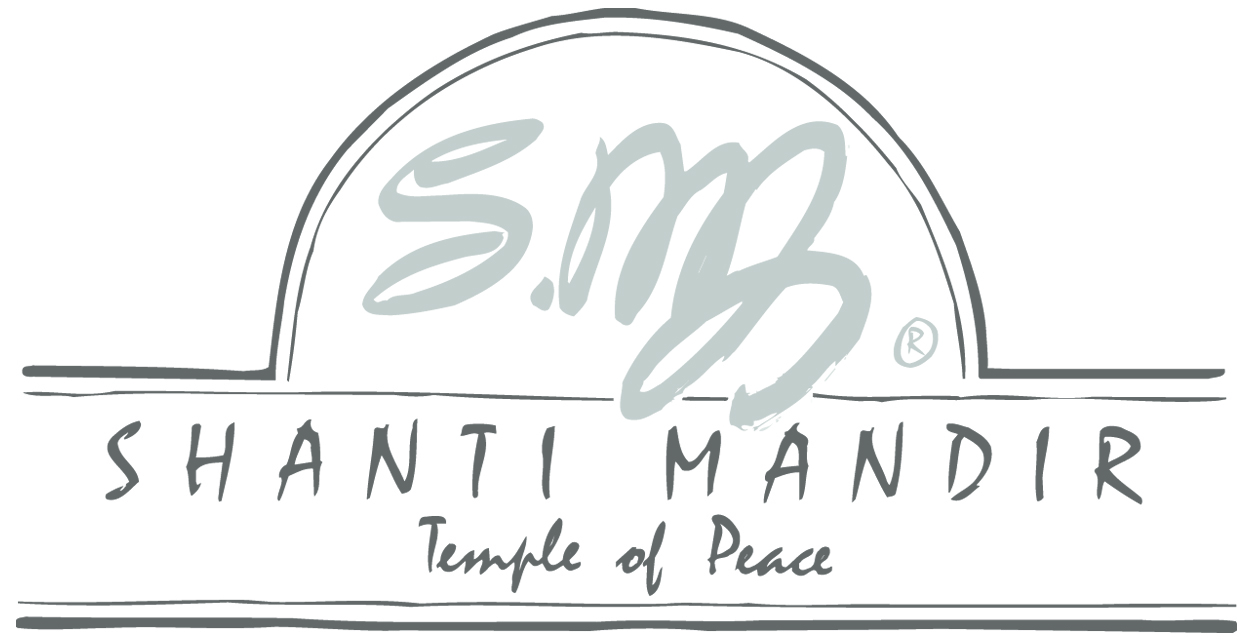Arati is a prayer or song of honouring, dedicated to a certain aspect of the divine, sung in either ancient sanskrit or one of India's many everyday languages.
The arati included here are those most commonly practiced in Shanti Mandir satsang all over the world and are sung in part or whole with musical accompaniment, most are a combination of different taal.
Each includes a video to listen and play along as well as a printable page of the words, colour coded to show which taal is played in each part of the chant. Click on the word sheet to open a printable version in another browser window.
More arati will be added over time.
The Contents of this page are listed below, so you can choose to just scroll down the page, or click on one of the links to go directly to the selected section.
GO TO SHIVA ARATI
GO TO SADGURU KI ARATI
GO TO ARATI LIJO
GO TO JYOTA SE JYOTA
GO TO GURUDEVA HAMARA PYARA
GO TO NITYANANDA ARATI
GO TO ARATI VIDEO GALLERY
SHIVA ARATI
Shiva Arati honours the divine energy Shiva, that creates, protects and transforms the universe and is the bestower of bliss that dwells in ones own heart.
Shiva Arati is played using two different 8-beat taals; Bhajani and Kaherwa.
The different theka (drum patterns) played in Shiva Arati are demonstrated in the video to the right and shown in different colours in the printable sheet below.
SADGURU KI ARATI
Sadguru Ki Arati honours the ‘true’ guru, the divine teacher.
Sadguru Ki Arati is played using two different 8-beat taals; Bhajani and Kaherwa.
The different theka (drum patterns) played in Sadguru Ki Arati are demonstrated in the video to the right and shown in different colours in the printable sheet below.
Listen and play along with the video to practice.
ARATI LIJO
Arati Lijo invokes the sky, the earth, the mountains, the moon, as arati tray offerings and asks the imperishable guru lineage to accept them.
Arati Lijo is played using the 8-beat taal Bhajani. The theka (drum pattern) played in Arati Lijo is demonstrated in the video to the right and shown in different colours in the printable sheet below.
Listen and play along with the video to practice.
JYOTA SE JYOTA
Jyota Se Jyota has been sung by devotees of Swami Muktananda for generations. It is a traditional folk song in the Hindi language about the divine light kindling that divinity within us.
Jytota se Jyota is played using two different 8-beat taals; Bhajani and Kaherwa.
The arati ends with six stanzas that are not accompanied by the drum. The theka for Jyota se Jyota are demonstrated in the video to the right and shown in different colours in the printable sheet below.
GURUDEVA HAMARA PYARA
Gurudeva Hamara Pyara gives thanks for the life affirming qualities of the guru.
Gurudeva Hamara Pyara is played using two different 8-beat taals; Bhajani and Kaherwa. The refrain is played first in Bhajani and all following refrains are played in Kaherwa.
The different theka (drum patterns) are demonstrated in the video to the right and shown in different colours in the printable sheet below.
Listen and play along with the video to practice.
NITYANANDA ARATI
Gurudeva Hamara Pyara gives thanks for the life affirming qualities of the guru.
Gurudeva Hamara Pyara is played using two different 8-beat taals; Bhajani and Kaherwa.
The refrain is played first in Bhajani and all following refrains are played in Kaherwa. The different theka (drum patterns) are demonstrated in the video to the right and shown in different colours in the printable sheet below.
Listen and play along with the video to practice.







